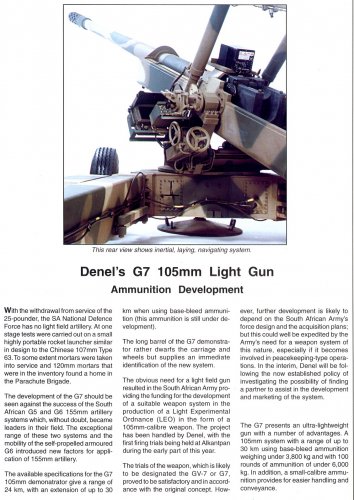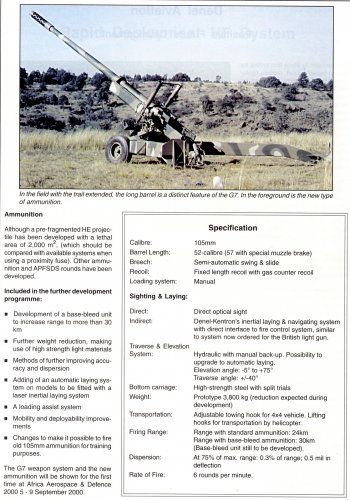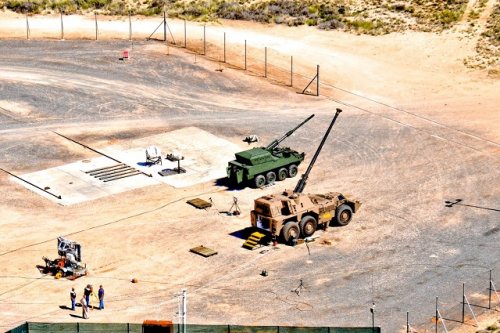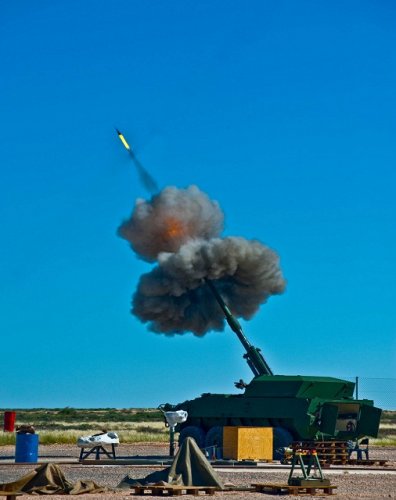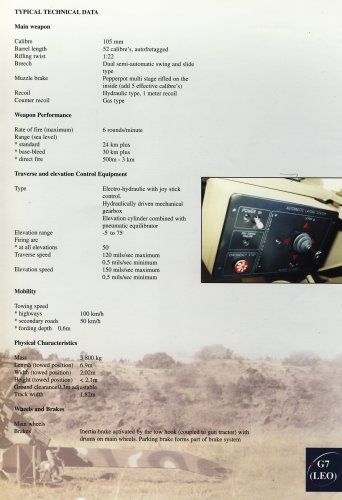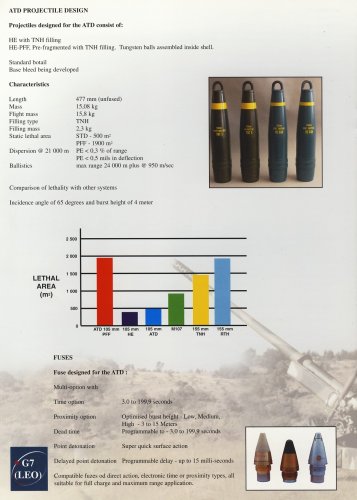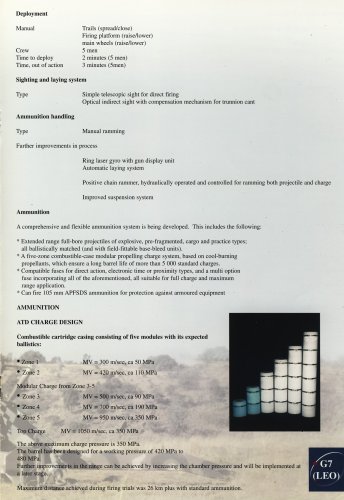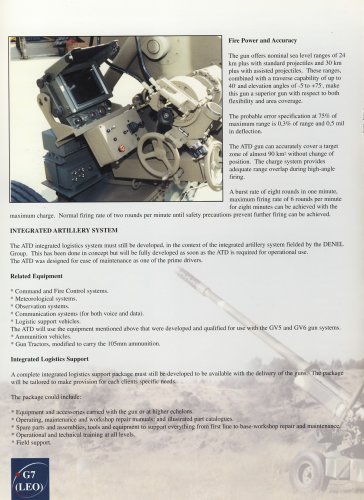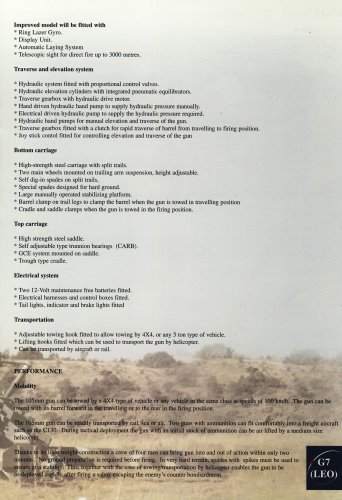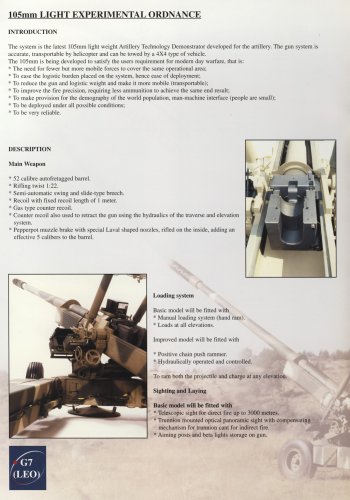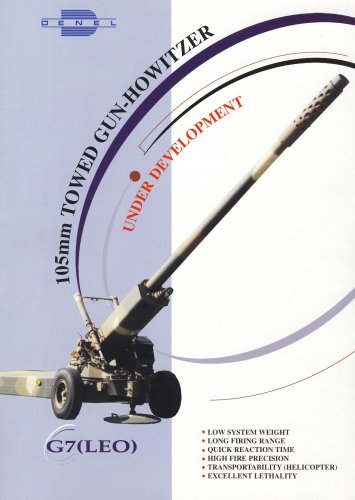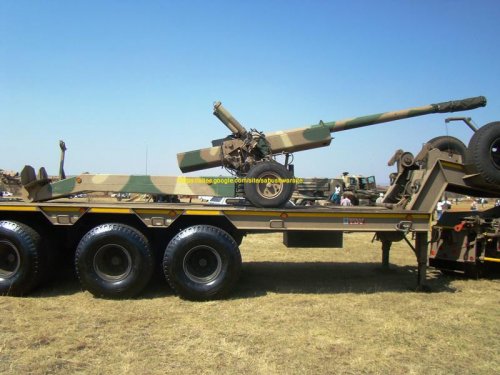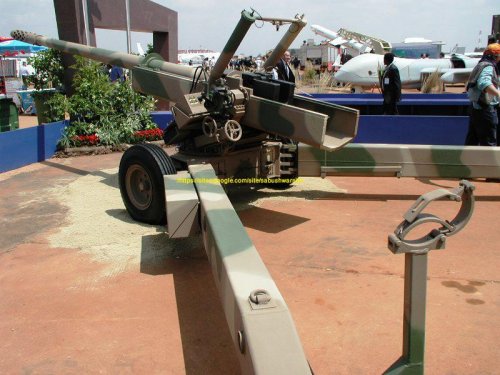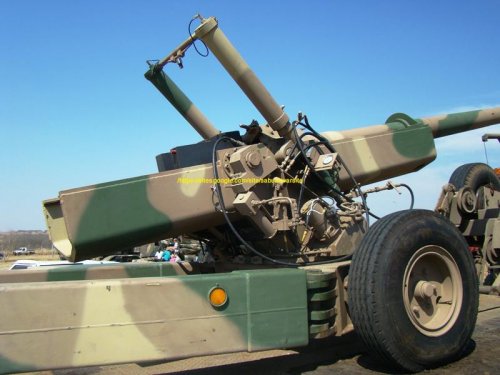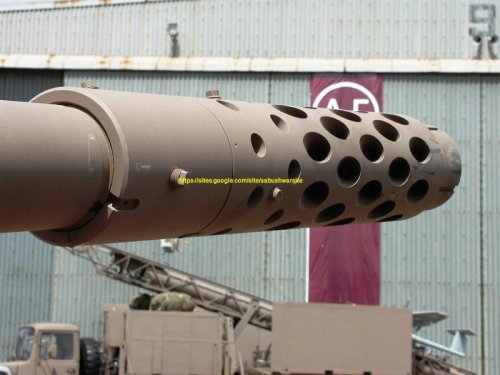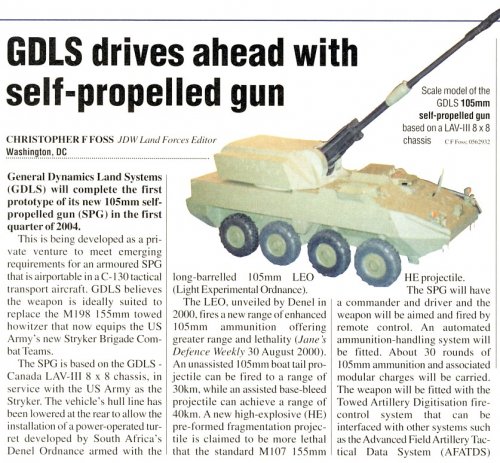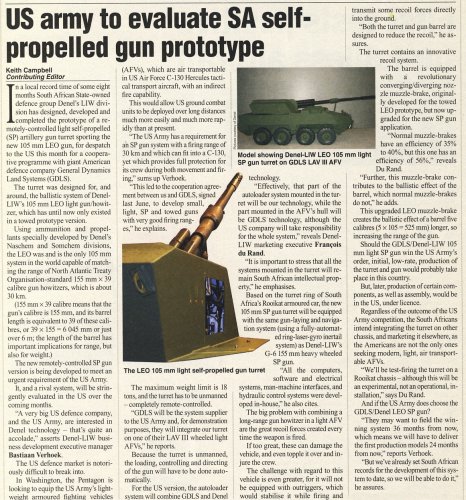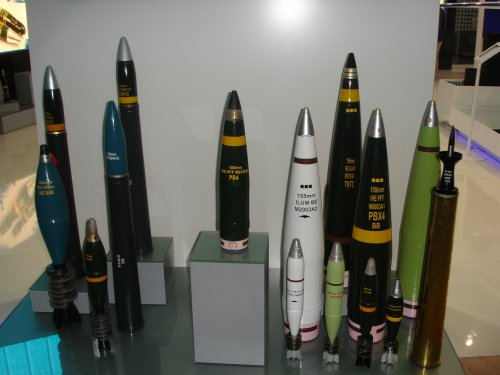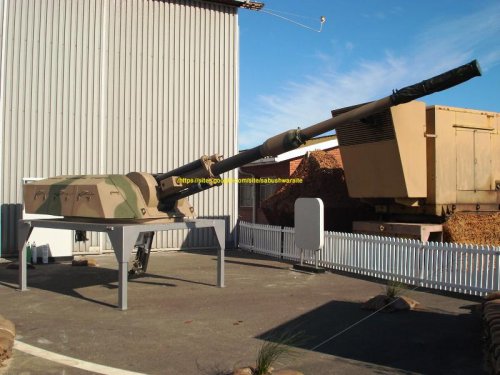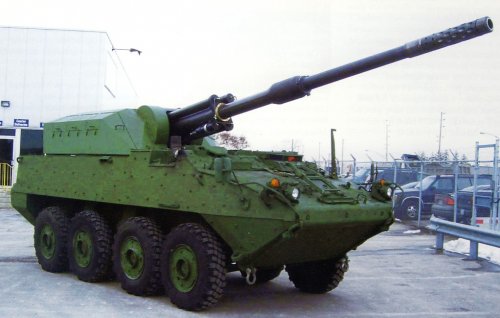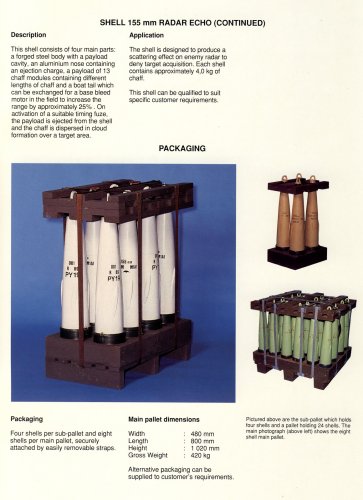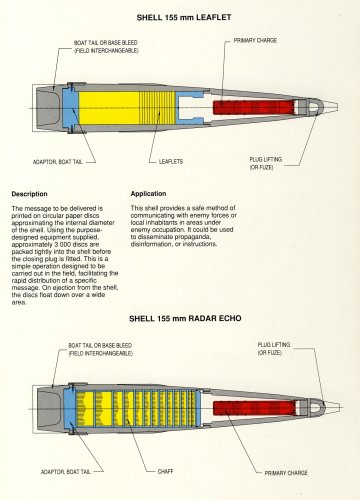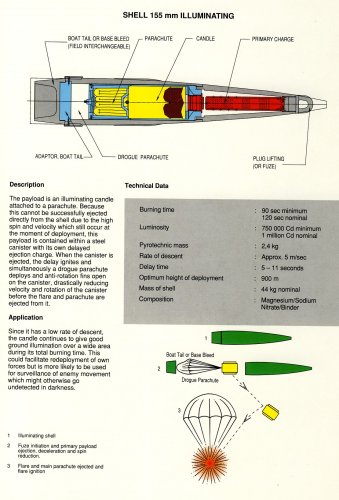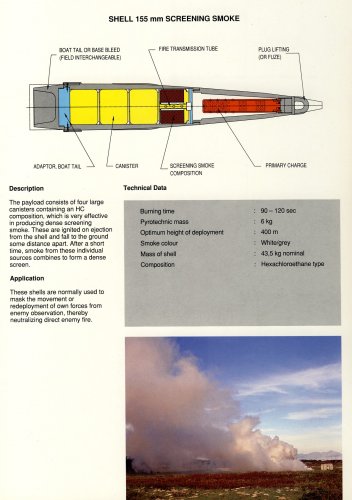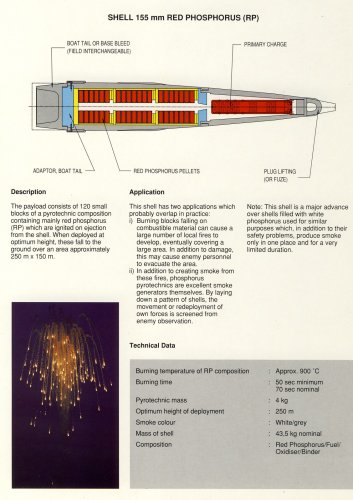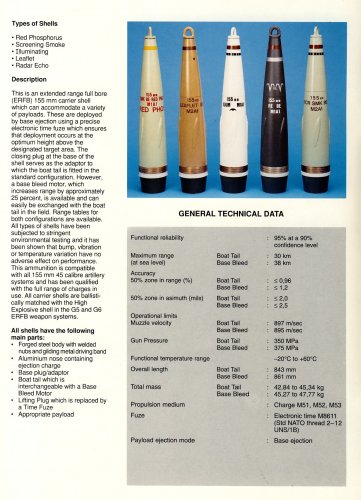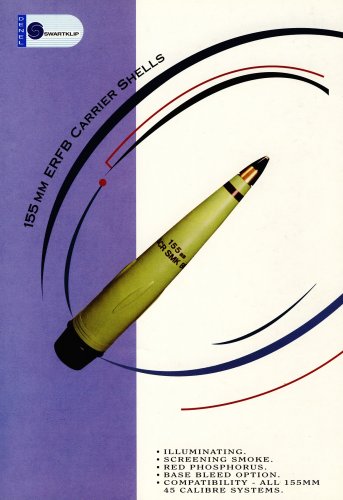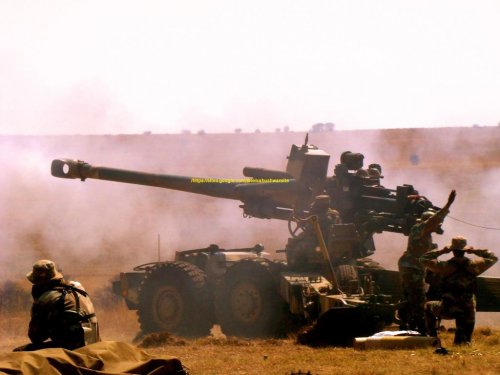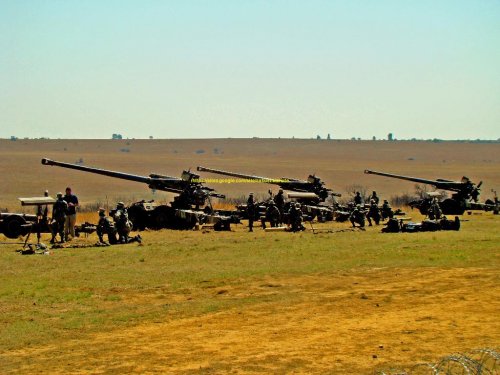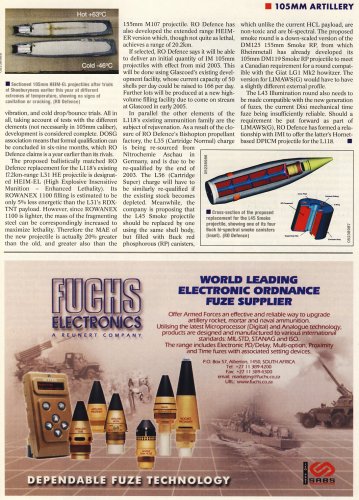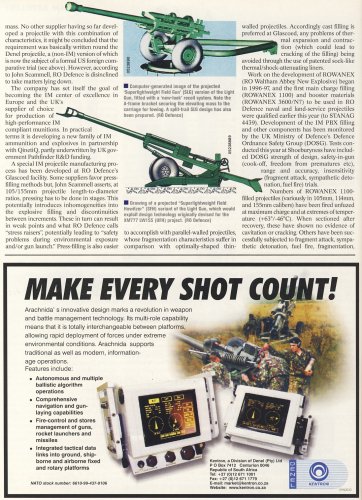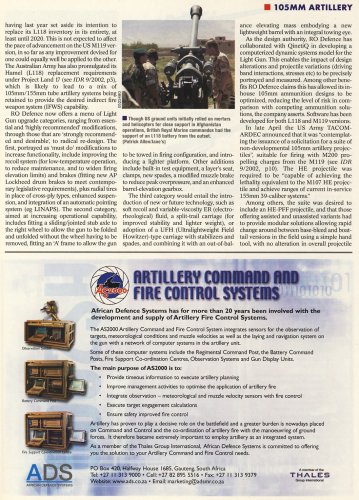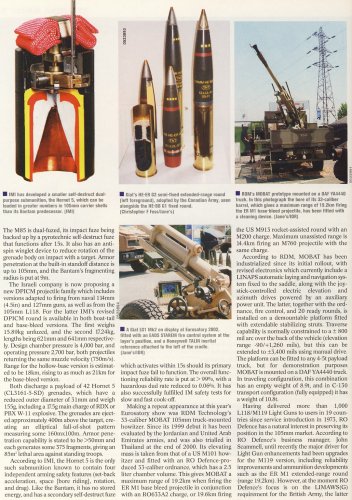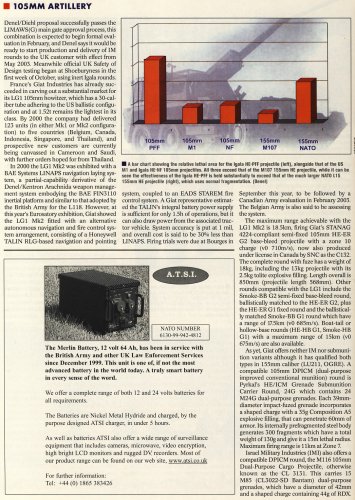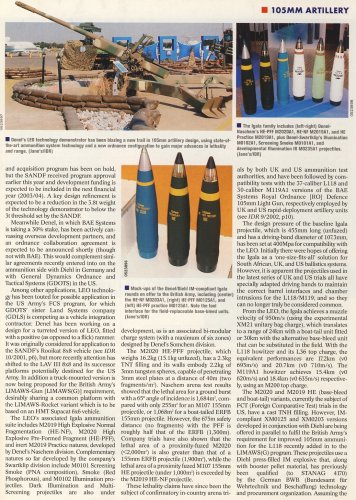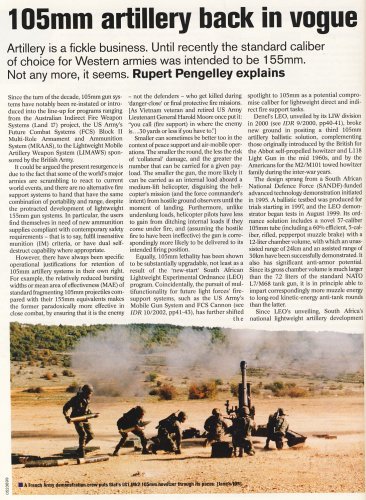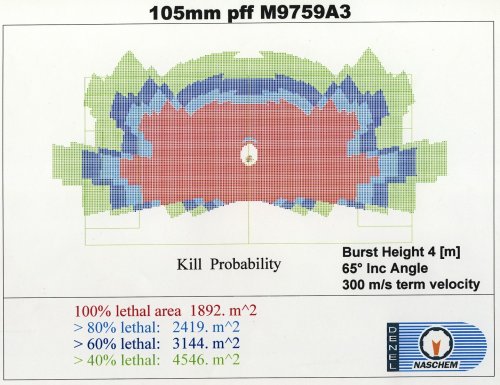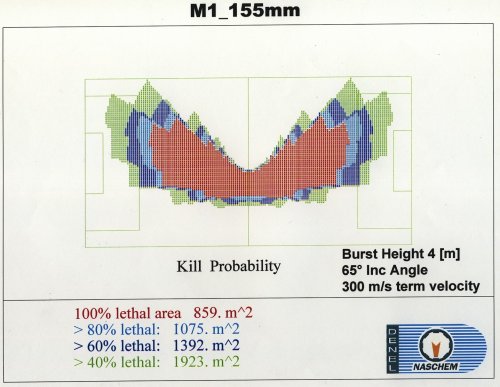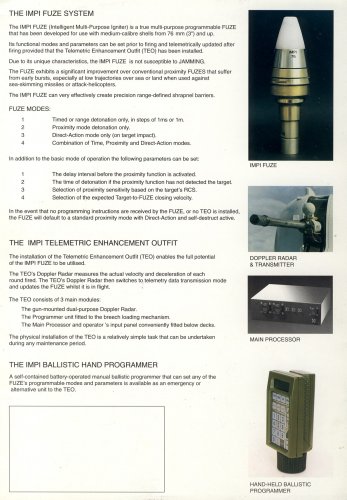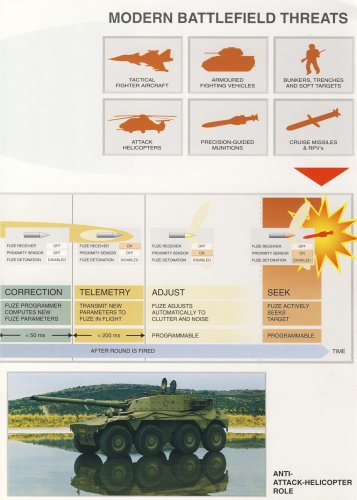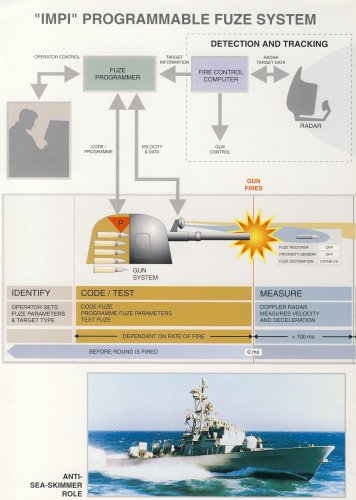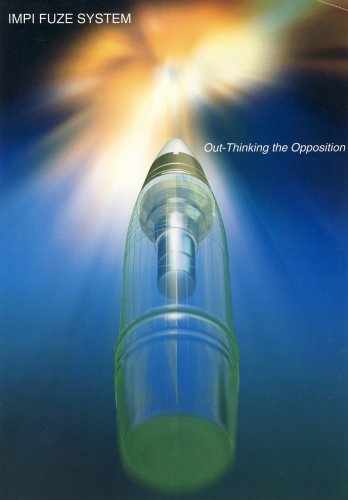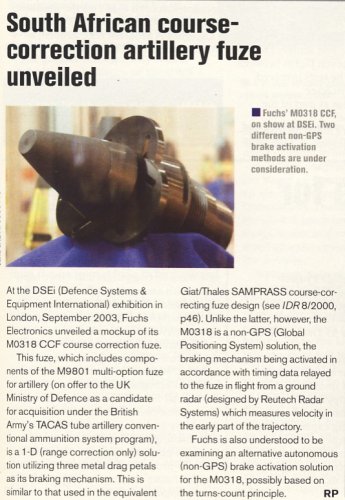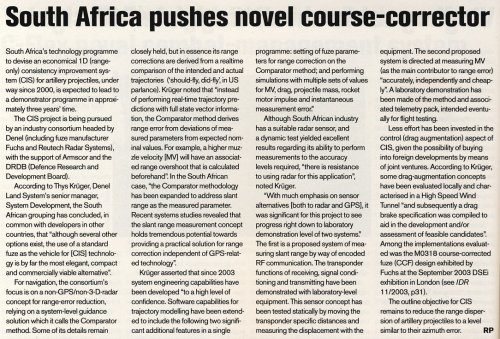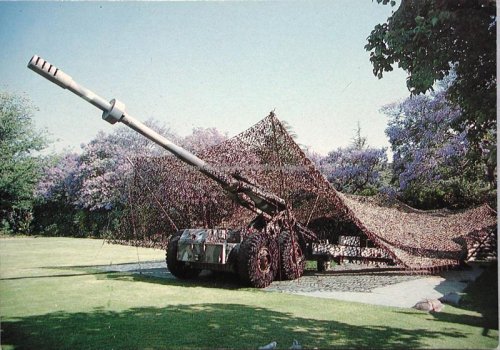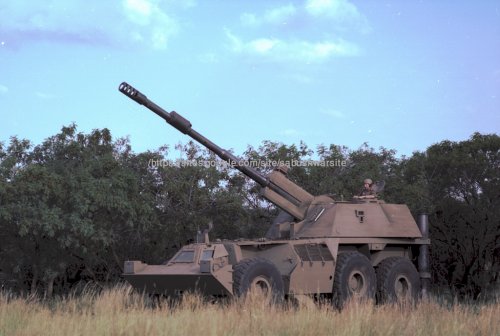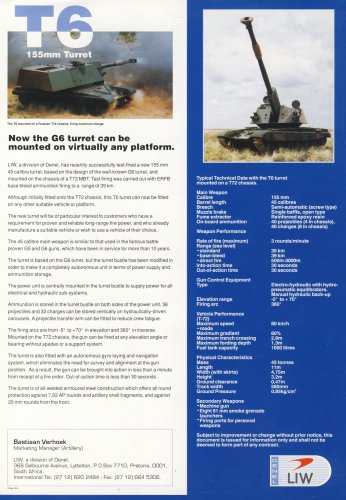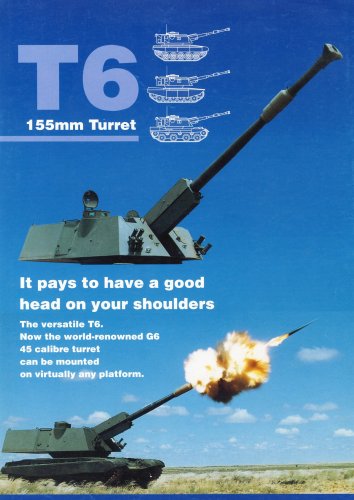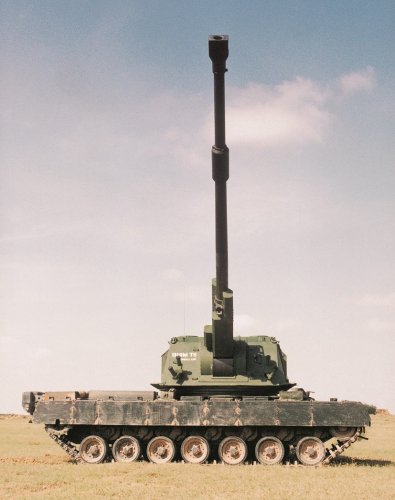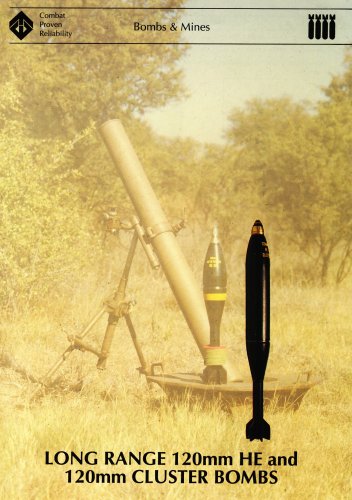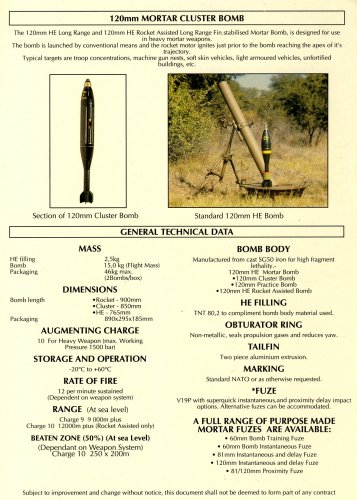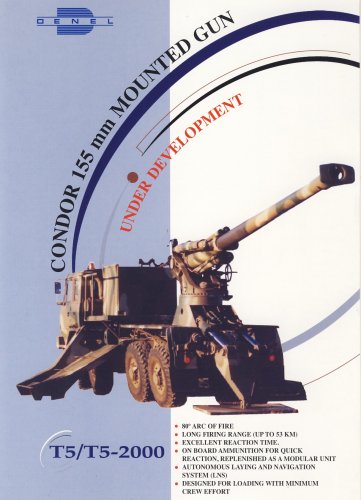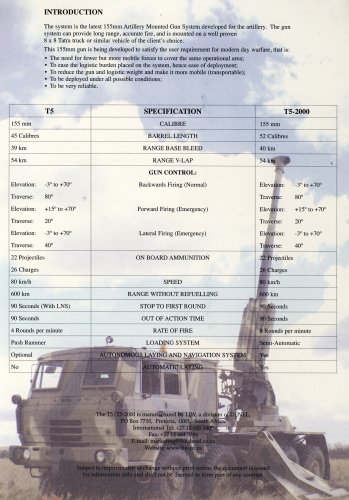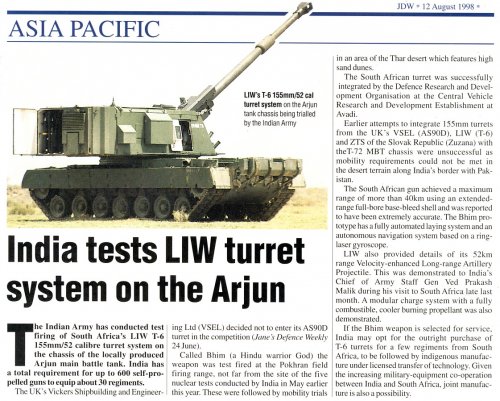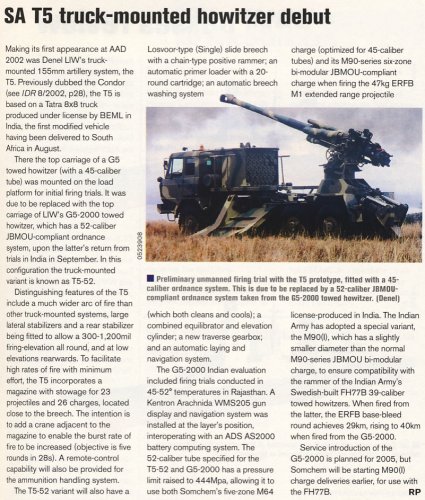Abraham Gubler said:
lastdingo said:
Whenever you think about South African artillery ranges, remember their atmospheric conditions there allow for a couple per cent more range on some desert artillery ranges (hot propellant, for example). Some European 52cal SPGs gained several per cent range when tested on South African ranges.
High altitude is the main thing. Much of the Transvall, Orange River area is at over 4,000 feet altitude (the Highveld). Air is less dense meaning shells can fly further.However the range advantage of the 155mm ERFB and similar 105mm rounds is nothing the South Africans came up with but based on the research and application of Canadian engineer Gerald Bull for the shell shape and the Swedish coast artillery for base bleed. The range advantage of the ERFB comes with a cost however of higher dispersion thanks to slightly more instability in the rounds. Nothing a precision guided fuse kit can't fix but.
It is often believed that Gerald Bull provided us with the huge leap in artillery when the G-5 gun and it's ammunition was first revealed , however that belief is not entirely correct (he certainly provided us with assistance and with some important technology though).
The full picture is that after our operation Savannah - the 1974-5 invasion of the Cuban/Russian backed country called Angola (at the behest of the American CIA), we quickly realized that we our old WW2 era 5.5 inch and 25 pounder guns were being outgunned by Russian D-30's and 122mm MR L's. This immediately started us on a quest for artillery with ranges greater than 26 Km's. However with a total arms embargo now placed on us, we simply had to develop our own artillery (compounded by the fact that we had a relatively small and now non replaceable airforce, also necessitating the need for artillery to compensate).
We initiated concepts and theoretical work for long range artillery, however we lacked the computing capability to test our theoretical framework. The CIA put us in touch with Gerald Bull and we then contracted his Canadian SRC company in terms of assisting with our artillery project.
Gerald Bull, who had been working extensively on some of his own concepts and ideas for for very long range artillery (including placing objects/satellites into space via artillery), ran
OUR theoretical calculations on his computers for us. Later with his financial issues (mostly due to his U.S. conviction and Canadian fine for contravening the U.N.'s arms embargo, principally from helping us), we (Armscor) bought shares in his SRC company and placed key management/engineers within the SRC company. Prototype barrels and projectiles were tested through a joint consortium of of Gerald Bull's and Armscor's engineers on the island of Antigua, which proved rather successful. These tested prototypes were then shipped to South Africa, where from 1976 onwards we continued and developed the full artillery system, finally emerging as the G-5 gun.
It's true that we got base-bleed technology from Gerald Bull (he bought it from Sweden, who developed it specifically for their coastal artillery), however it is rather tricky to get right and has a fairly negative effect on dispersion (accuracy), which is why the Americans gave up on rocket assisted rounds for many years (yes, I know there is a difference, they work in a similar way though). We perfected it to the point where the dispersion is negligible (0,4% at full range) and range was even further increased. Still today many defence firms around the world purchase our base bleed units/filling, for use and also re-sale on their own home produced artillery shells (including Germany).
Although we still use nubbed ERFB rounds in our army (legacy reasons), we have long past moved beyond that and obtain the same ranges with standard shaped and 'nubless' JBMOU compliant rounds. So there is one benefit from Gerald Bull that does not apply anymore.
Artillery men should know that the main cause of wear on a barrel, is not so much from the driving band of the round being fired rubbing/scraping against the barrel but rather from the heat of the propellent charge behind it. If you try to make the charge cooler burning to negate this, you end up having far less explosive energy to propel the round - and therefore much shorter range. We developed (bi-modular) charges that are far cooler burning and have far lower flash characteristics, while still delivering the same amount of explosive energy of traditional propellent. My understanding is that this has been sold/shared with the Germans, British and others (Americans?).
I spoke to a Rheinmetall representative two years ago at length (one of the 3 biggest German defence firms), who told me directly that after they had bought a 51% share in our Somchem and Nashcem companies (propellants/artillery/mortar/rockets etc), they then completed exhaustive testing on all our products - the result? - A non negotiable directive, directly from from the CEO of Rheinmetall that from then on
ALL contracts and deals Rheinmetall enter into world-wide will be for the exclusive promotion and sale of the South African designed and developed ammunition (artillery, mortar etc). All the development (chemicals and physical) for the aforementioned ammunition is still developed by South Africans in South Africa, with the exception of insensitive munition (IM) filling, as the Germans had better developed IM stuff than ours.
We were the first (or one of the first ) to place muzzle velocity radars onto our artillery guns to assist with increased accuracy - Also the hugely increased lethality of our artillery rounds - our 105mm rounds for example are more than twice as lethal as the standard US M107 155mm round - proven in US and British tests, the US now manufactures them for themselves under license from us. Then there are the V-LAP rounds (combined Base-Bleed and rocket assist).
I cannot think of all of them now, however the simple fact of the matter is that there have been so many developments and continuous gains in artillery by us, long after Gerald Bull's assistance had come and gone, that it is ample proof that we did not just get some input from an artillery genius (who most others would not listen to anyway) and that, his input (while valuable) was not the alpha and omega of our long range and very accurate artillery.
Regards ranges at altitude, it is always mentioned that our ranges are achieved at altitude, which certainly gives an advantage - however all the brochures on G-5, G-6, G-7 etc always give the ranges based on sea level. Even then, we had deployed artillery that far out-ranged (with good accuracy) most western systems at the time and for many years thereafter.
The tests in 2006 by the German KMV's PzH2000 using our M2005 V-LAP projectiles, achieved ranges of just over 56 km at our Alkantpan range in South Africa - using our M2000 and their own Rh40 projectiles they achieved ranges of 40km, very similar ranges to our G-6. Our G-6 has achieved ranges of 75km using our M9703 V-LAP projectiles at Alkantpan.
Lastly, forgive me if I sound a touch nationalistic, or venting in the above - It's just that too often I read that Gerald Bull was our artillery messiah, and without him we would be absolutely nowhere in terms of artillery - it's simply not true...
Moving on - Below is the LEO G-7 105mm brochure - as mentioned above, our next step in artillery design was to create the best of both 105mm and 155mm worlds in terms of range, lethality, weight, logistics support and tail etc...etc - packed into a 105mm system.
Note also the comparisons between our 105mm Igla rounds in terms of lethality, to some of the more prominent Western 155mm artillery rounds.

